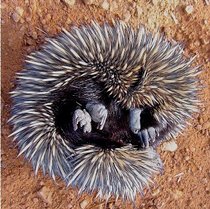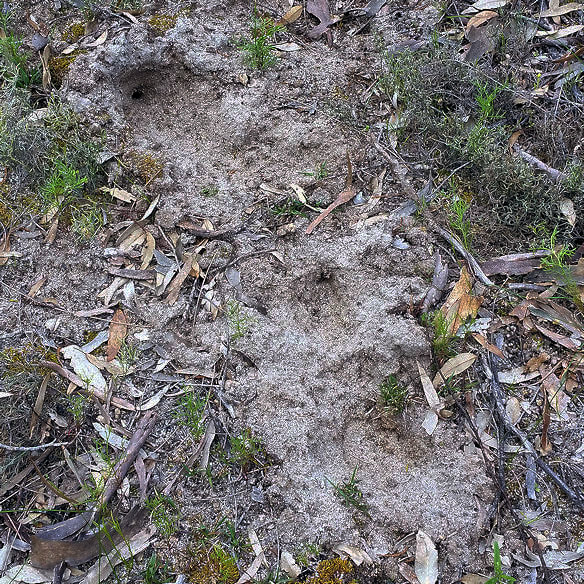No, the Echidna is not my birth sign, although I have been accused of being prickly at times.
Short-beaked Echidnas occur in Foxes Lair but they are infrequently seen. As their territories can be up to 50 hectares there is theoretically only enough for one and a bit, but adjoining bush at Railway dam, the Commonage, and Bottle Creek dam reserve quadruples the total area. They wander continually by themselves and are at risk if they go out of the bush. Echidnas are much more common in the Dryandra where the area is much greater.
Echidnas and platypus are the only monotremes in the world. The underside image was taken when I tried to help one that stopped on a road (please don’t tip them over). Note the dense short underfur with longer quills, and the curved rear claw that is used to groom them. Broken quills are probably the result of a dog attack.
Here is a great link to echidna facts.
http://www.animalfactguide.com/animal-facts/short-beaked-echidna/
I certainly didn’t know that echidnas could swim. Have a look at this!
https://www.facebook.com/crazimals/videos/1304590552919427/
On to echidna spotting!
Despite the comical waddling gait, they have excellent hearing and sense of smell. When I found one recently I discovered that even with Sawkins ninja stalking techniques I couldn’t get within a metre and a half without it stopping and rolling up in a ball. The solution was to go about 3 metres in front and wait for it. If it rolls up or digs a hole below itself leaving only a carpet of spines, wait patiently for 20 minutes without swatting flies or mosquitos for the photo opportunity.
Did you know that in addition to termites, they also eat ants, grubs larvae and worms, and have highly sensitive noses that can detect electrical signals from their prey? This is the key to their distinctive but fairly common digging trails.
As echidnas move they insert their nose into the soil and at times, push it right in (to get their prey?).




